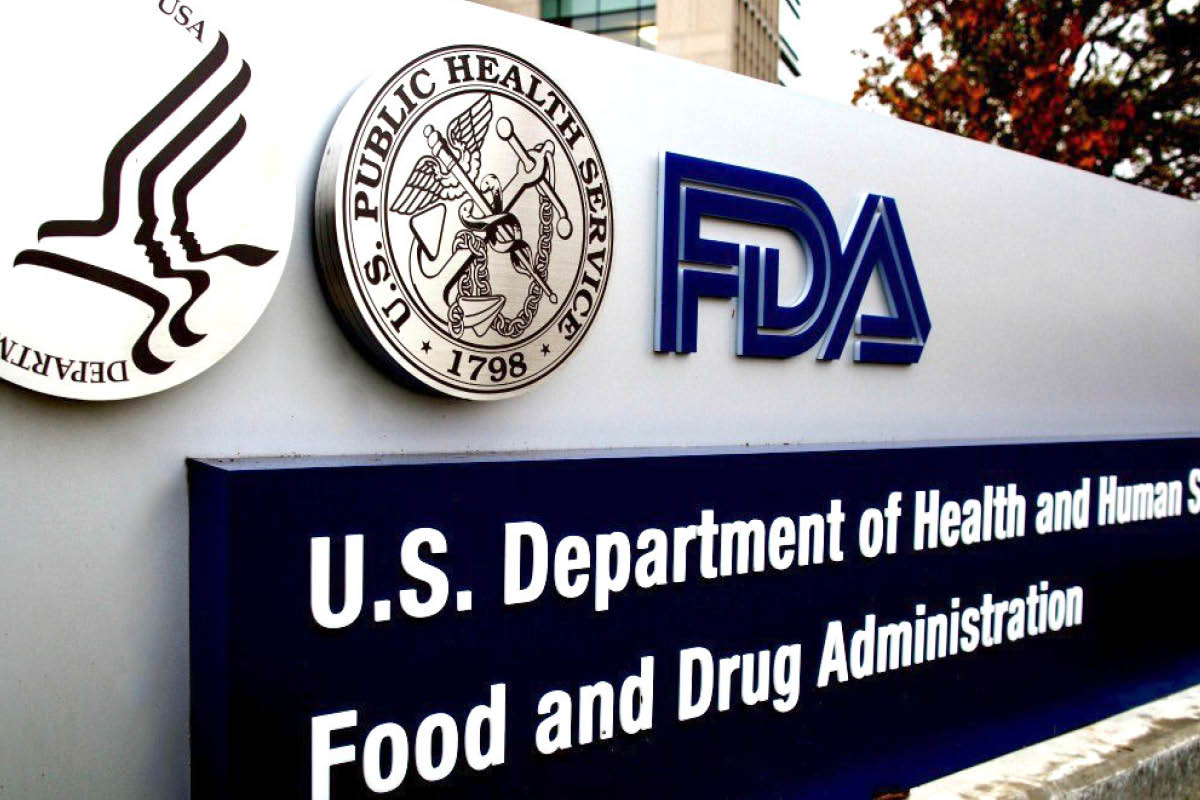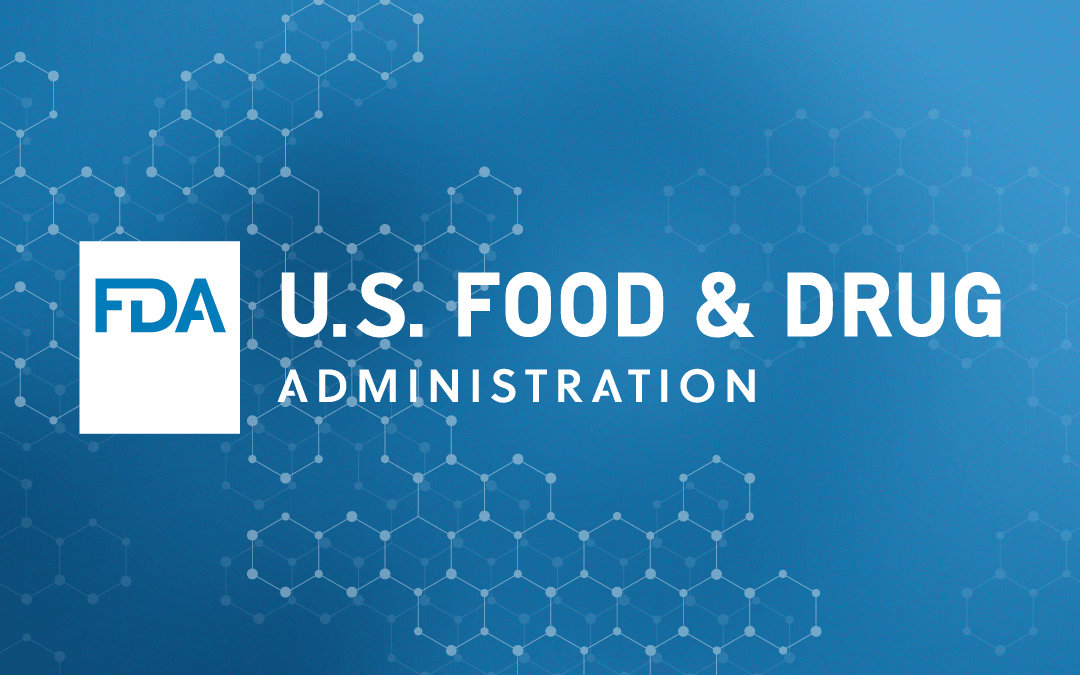The Food and Drug Administration (FDA), the authority responsible for the regulation of medical device circulation in the US, has issued an order excluding certain Class I and Class II medical devices from obligatory review under the 510(k) framework.

Brief Overview of 510(k)
510(k) clearance is a basic procedure that applies to medical devices that do not require a Premarketing Approval application. To comply with this requirement, the manufacturer must file an appropriate submission to the FDA and receive the confirmation from the Agency that the device could be placed on the US market. The procedure is based on the confirmation of substantial equivalence. According to this principle, the manufacturer should compare the device with a similar device already present on the market (the predicate) to confirm compliance with safety and effectiveness requirements. It is important to mention that the manufacturer is not allowed to market the device unless the Agency provides the confirmation of the substantial equivalence. As usual, it takes up to 90 days for the Agency to review the submission and provide the appropriate response.
Another important aspect associated with specific features of the 510(k) submission is that the Agency does not perform on-site inspections during the submission review process. However, they reserve the right to conduct an inspection at any time after accepting the submission during the period the device is present on the market.

Exclusion: Purpose and Impact
The exclusion recently announced by the authority constitutes a part of the deregulatory process introduced by the 21st Century Cures Act dated 2016. According to the Cures Act, the FDA should create a list of devices that could be placed on the market without the obligatory procedure of premarket review due to the low risk associated with the use of such devices. Under the Cures Act, the Agency shall publish the new list of exempted/excluded devices at least once within every 5 years. At the same time, despite the excluded devices from premarket review under the 510(k) framework, these devices still remain subject to other requirements set forth by applicable legislation except when it is explicitly confirmed by the Agency.
The Agency states that the changes are intended to simplify access to the market and make new medical devices based on innovative technologies available and affordable for patients. The new rules would also make the time necessary for the medical device to be placed on the market substantially shorter while maintaining the same level of public health protection. In this way, the Agency responds to the public concerns that simplified procedures could impact the patient’s health protection. A decrease in the burden on manufactures would also lead to the reduction of costs and expenses associated with placing a device on the market. According to the executives of the Agency, they have managed to find an optimal balance between ensuring safety and creating favorable conditions for innovations.
The new rules enter into force immediately on the date of being published, namely, December 30, 2019. From this date, all the devices indicated in the order published in the Federal Register are exempt from standard 510(k) clearance. The document amends the Code of Federal Regulations since it includes the wording “final amendment, final order” instead of “final order” used previously to indicate the legal nature of the document and the way it should be implemented into the existing legislation.
Scope of Exemption
The order on 510(k) clearance exemption contains a wide list of medical devices together divided into 16 categories. To identify whether the particular Class I medical device should be exempt from the premarket review, the FDA utilizes two main criteria:
- A Class I medical device should be exempt unless it is used to prevent serious harm to the health of the patient (the importance criteria).
- The use of Class I medical device creates a substantial potential risk to patient’s health e.g. in the form of possible injury.
If the medical device meets the aforementioned criteria, it could be excluded from the 510(k) premarket clearance. At the same time, the scope of criteria applicable to Class II medical devices is much broader. Actually, the Agency utilizes the criteria set forth in the notice and the appropriate guidance published in 1998 to identify cases when the manufacturer shall provide sufficient confirmation of the safety and performance of the medical device.
The list of medical devices subject to exemption includes, among others, the following types and categories of medical devices:
– Clinical chemistry and toxicology devices,
– Hematology and pathology devices,
– Immunology and microbiology devices,
– Anesthesiology devices,
– Cardiovascular devices,
– Dental devices,
– Ear, nose and throat devices,
– Gastroenterology-urology devices,
– General and plastic surgery devices,
– General personal and hospital use devices,
– Neurological devices,
– Obstetrical and gynecological devices,
– Ophthalmic devices,
– Orthopedic devices,
– Physical medicine devices,
– Radiology devices.
The order contains a detailed list of medical devices belonging to each of these categories and types that are exempted from the general registration procedure. The Agency not only provides a list of medical devices subject to an exemption, but also introduces changes to the names of certain medical devices. Due to the legal nature of the present orders, such changes would be implemented into the existing legislation.
In some particular cases the Agency introduces a partial exemption providing that the manufacturer should notify the FDA in advance. In other words, in such cases the notification procedure should be applied. It is important to mention that it is a widely spread approach that applies to low-risk medical devices. Thus, there are a lot of countries where Class I medical devices are exempt from standard registration procedure while being subject to prior notification providing that the manufacturer shall submit the notice to the regulating authority to inform it about the intent to place a new device on the market. Such notice should contain the most important information covering safety and performance aspects of the device. At the same time, notification procedure means that no additional approval will be needed to be allowed to market such a device.
It is also important to mention that earlier in February 2019 the Agency has already exempted certain medical devices from the registration. In the course of these changes, such devices as hearing aids and pregnancy diagnostics had been included in the exemption list. Then the FDA also stated that combination products, as well as single-entity products containing the antimicrobial agent, fall outside the scope of the exemption announced. The list of medical devices subject to exemption included 10 device types (codes) including pads, aids, monitors, cushions, protectors, tests and devices themselves

How Can RegDesk Help?
RegDesk is a next-generation web-based software for medical device and IVD companies. Our cutting-edge platform uses machine learning to provide regulatory intelligence, application preparation, submission and approvals management globally. Our clients also have access to our network of over 4000 compliance experts worldwide to obtain verification on critical questions. Applications that normally take 6 months to prepare can now be prepared within 6 days using RegDesk Dash(TM). Global expansion has never been this simple.
Sources:
https://www.medtechdive.com/news/fda-to-exempt-handful-of-devices-from-510k-requirements/548038/

